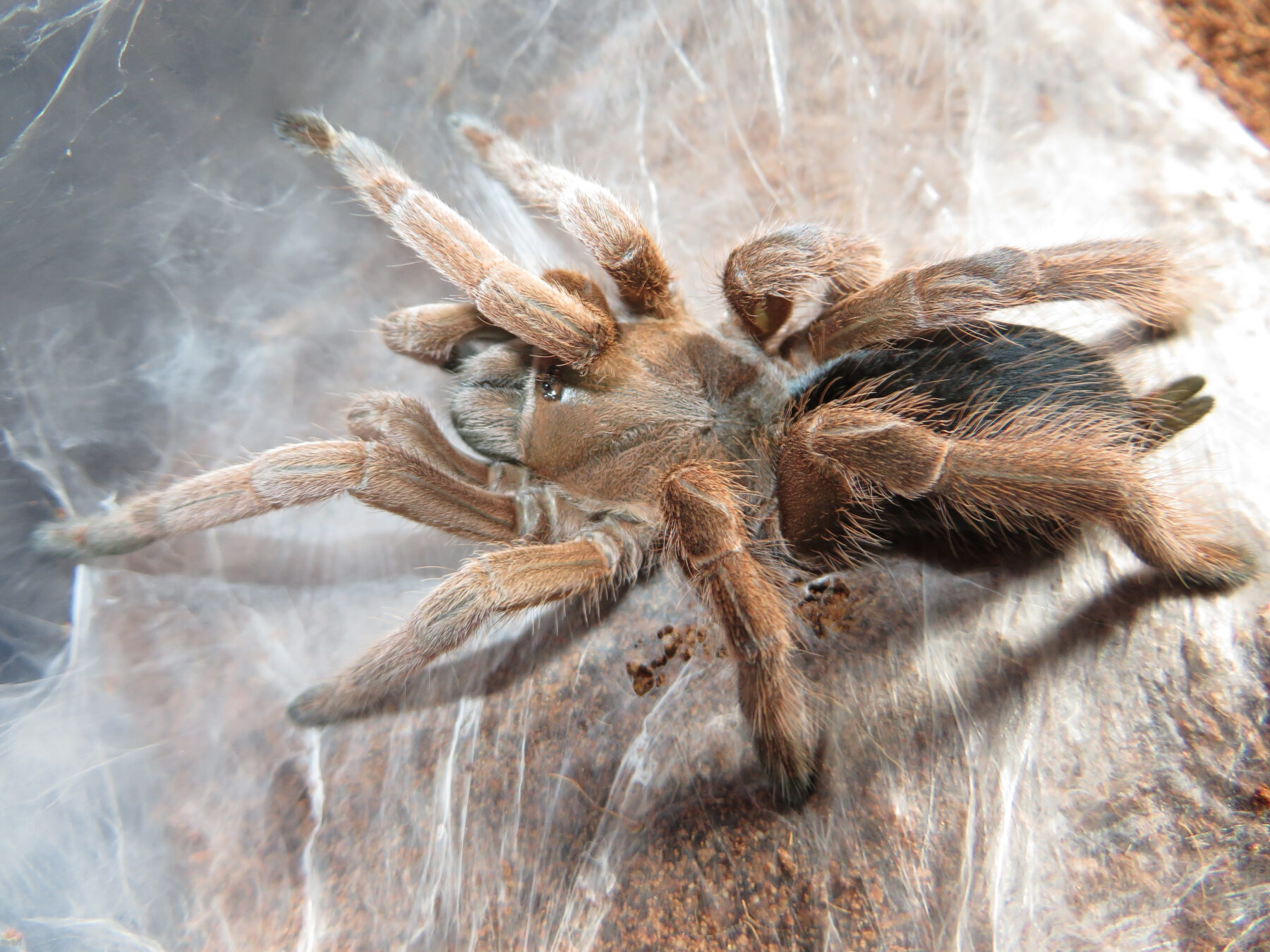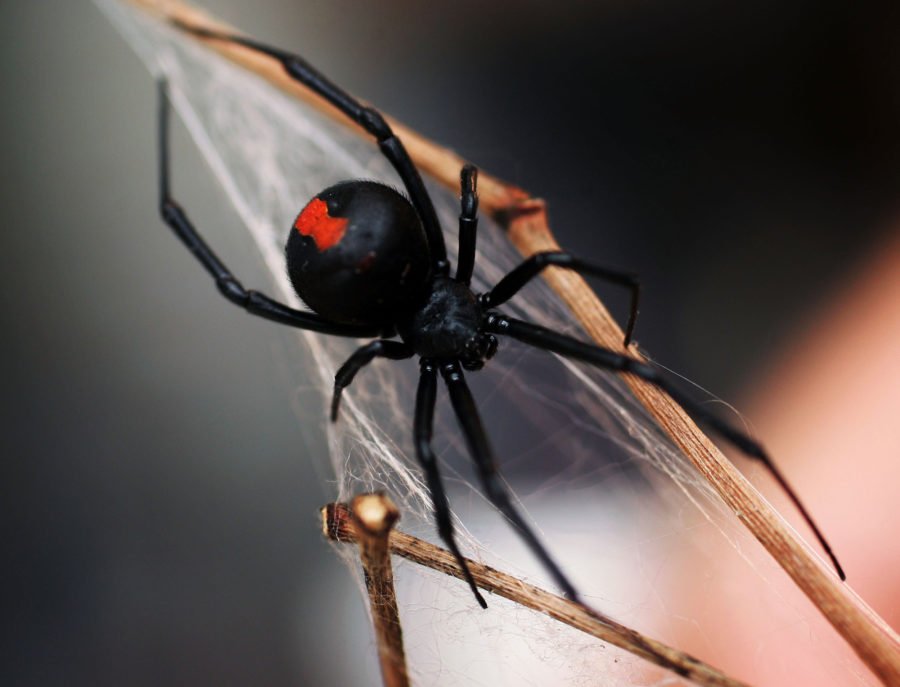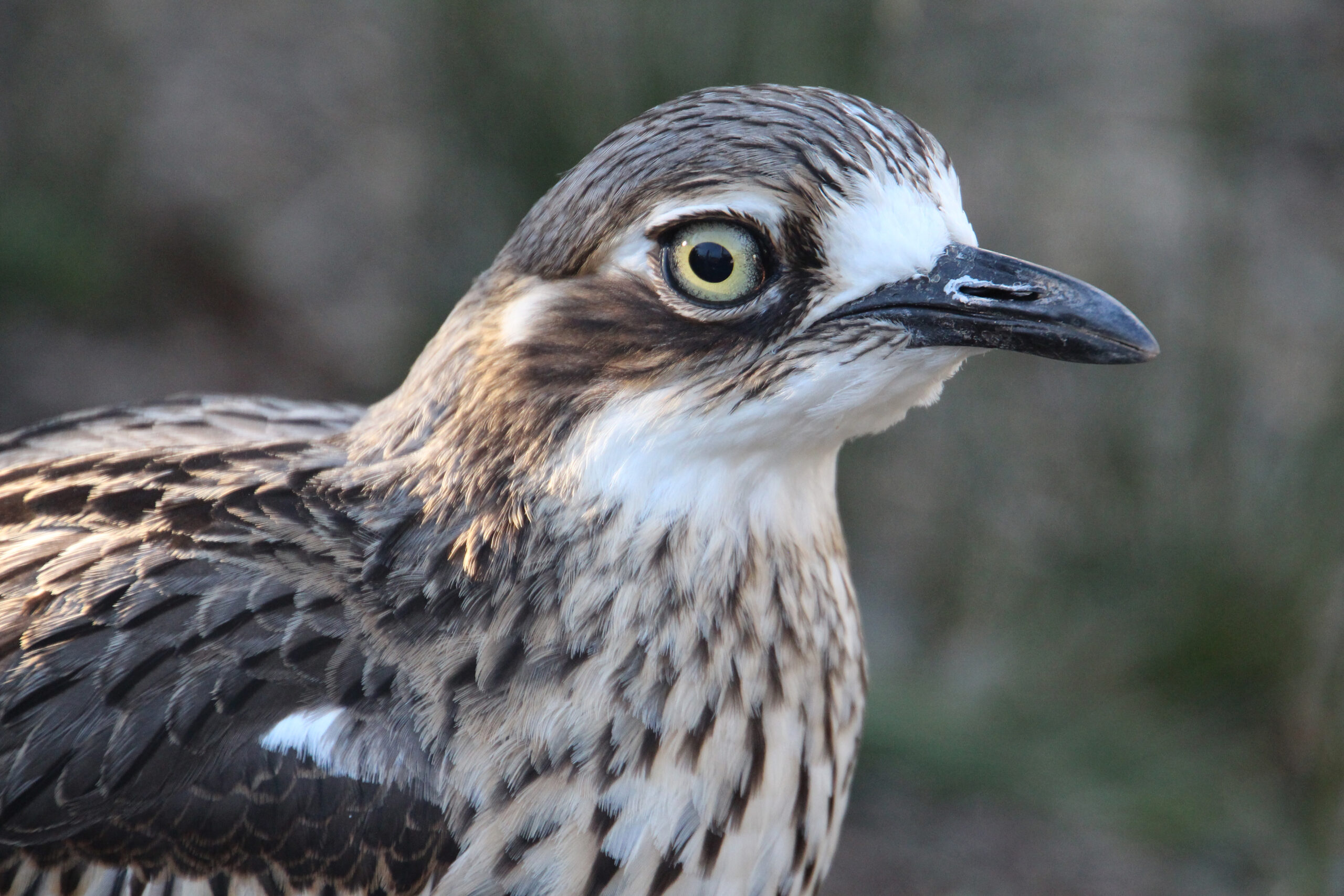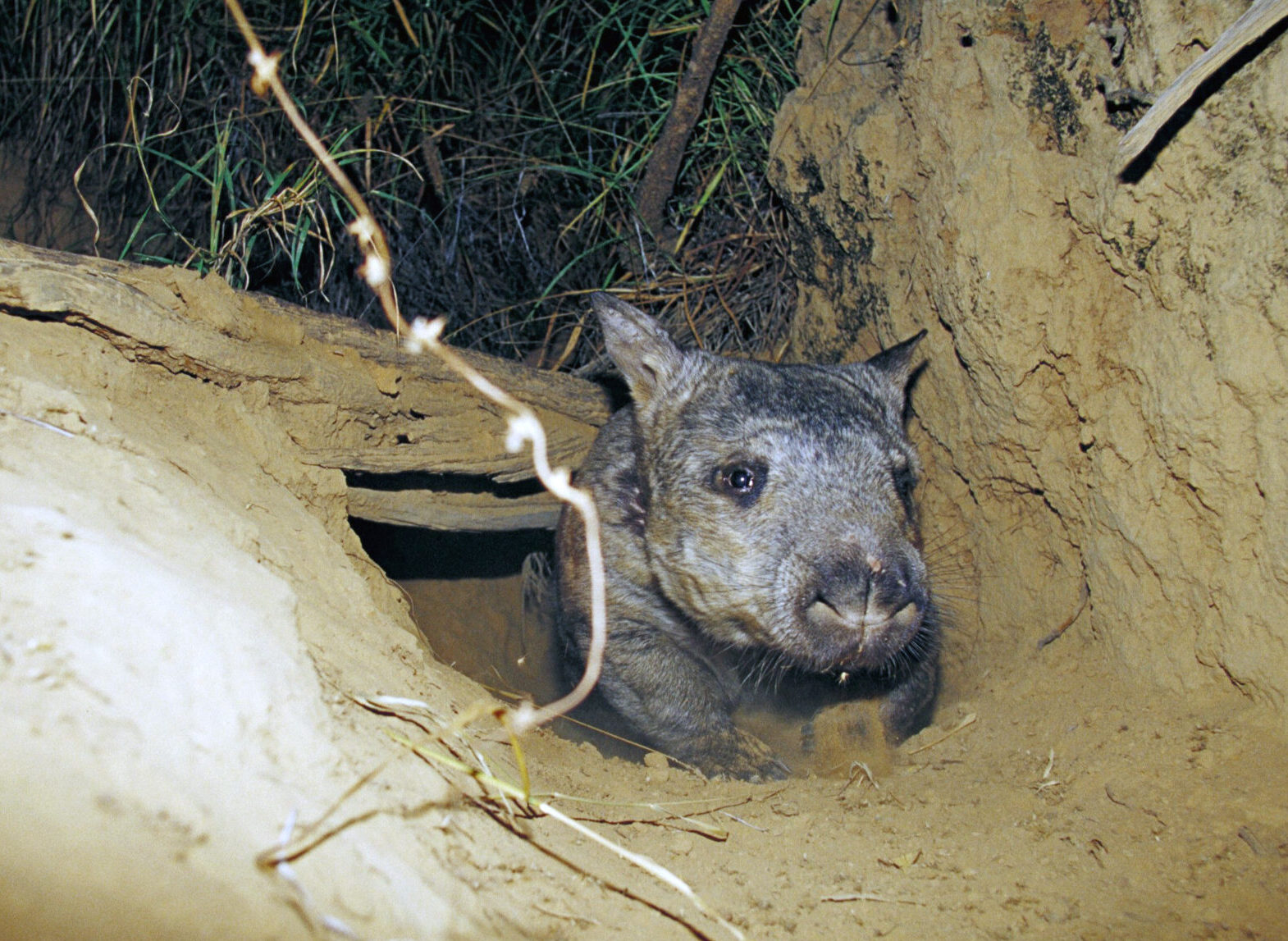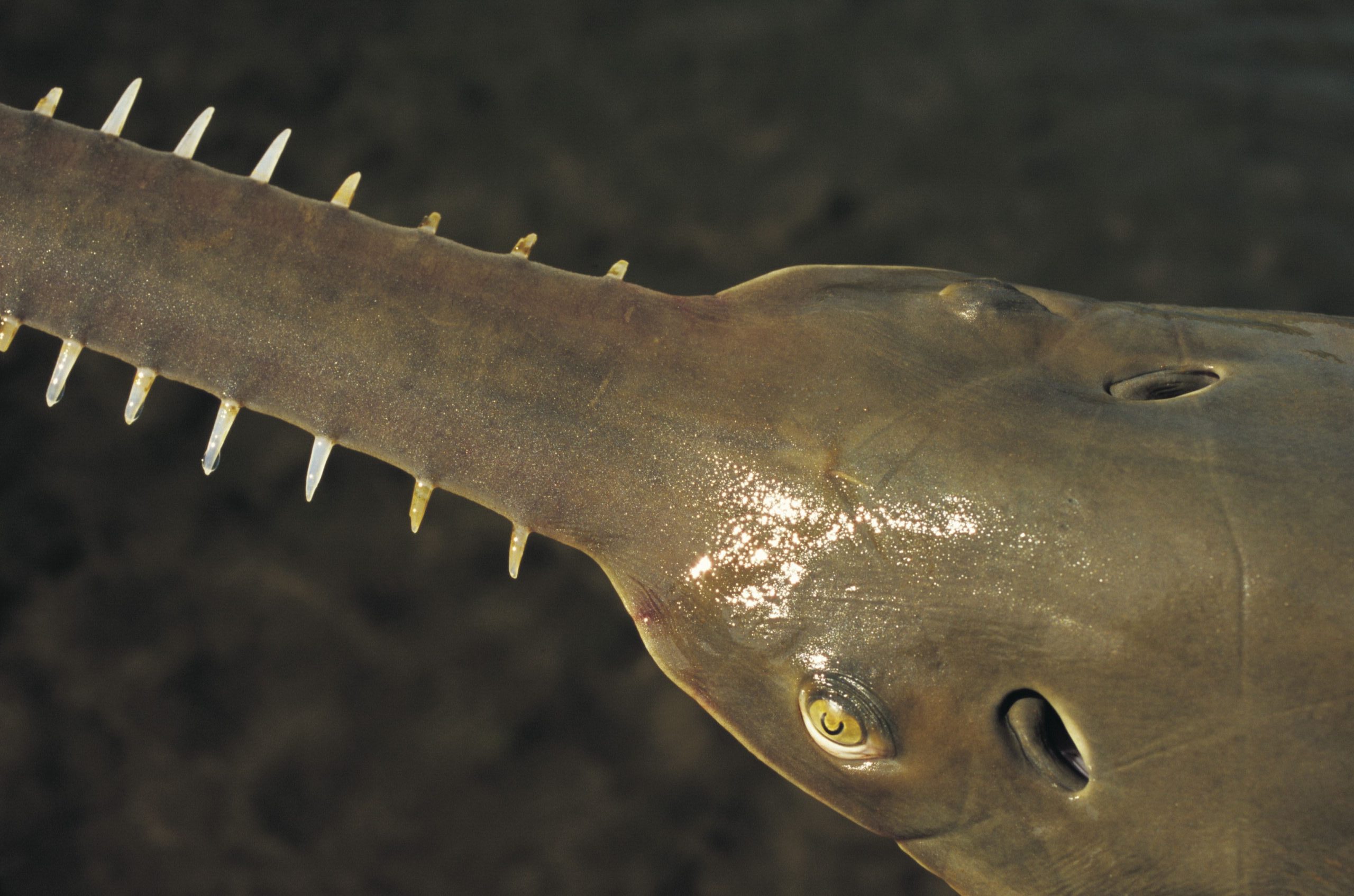| Common name | Australian tarantula |
| Scientific name | Selenocosmia crassipes, Selenocosmia stirlingi, Coremiocnemis tropix, Selenocosmia strenua, Selenocosmia subvulpina, Selenotholus foelschei, Selenotypus plumipes |
| Type | Spider |
| Diet | Carnivore |
| Average lifespan | Up to 12 years |
| Size | 3-8 cm, with a leg span of up to 16cm |
With a collection of fear-evoking nicknames including bird-eating spider, whistling spider, and barking spider, along with an imposing body size, the Australian tarantula may not be the most endearing creature around. Yet these heavyweight Aussie arachnids have proved popular as unusual pets, sparking concern for their population in the wild when adult tarantulas are removed and sold illegally.
There are seven species of Australian tarantula from four genera (Selenocosmia, Selenotholus, Selenotypus and Phlogiellus) within the country. The seven species are the Queensland whistling spider (Selenocosmia crassipes), barking spider (Selenocosmia stirlingi), brush tarantula (Coremiocnemis tropix), Selenocosmia Strenua, Selenocosmia Subvulpina, Selenotholus Foelschei, and Selenotypus Plumipes.
The spiders vary greatly in size and leg span, ranging from 5 to 16cm. With many still undescribed species, identification can be tricky, but broadly tarantulas have a large, heavy body, ranging in colour from dark brown to reddish brown or pale fawn, with a silvery sheen. Tarantulas have large fangs that measure in at around 1 cm in length.
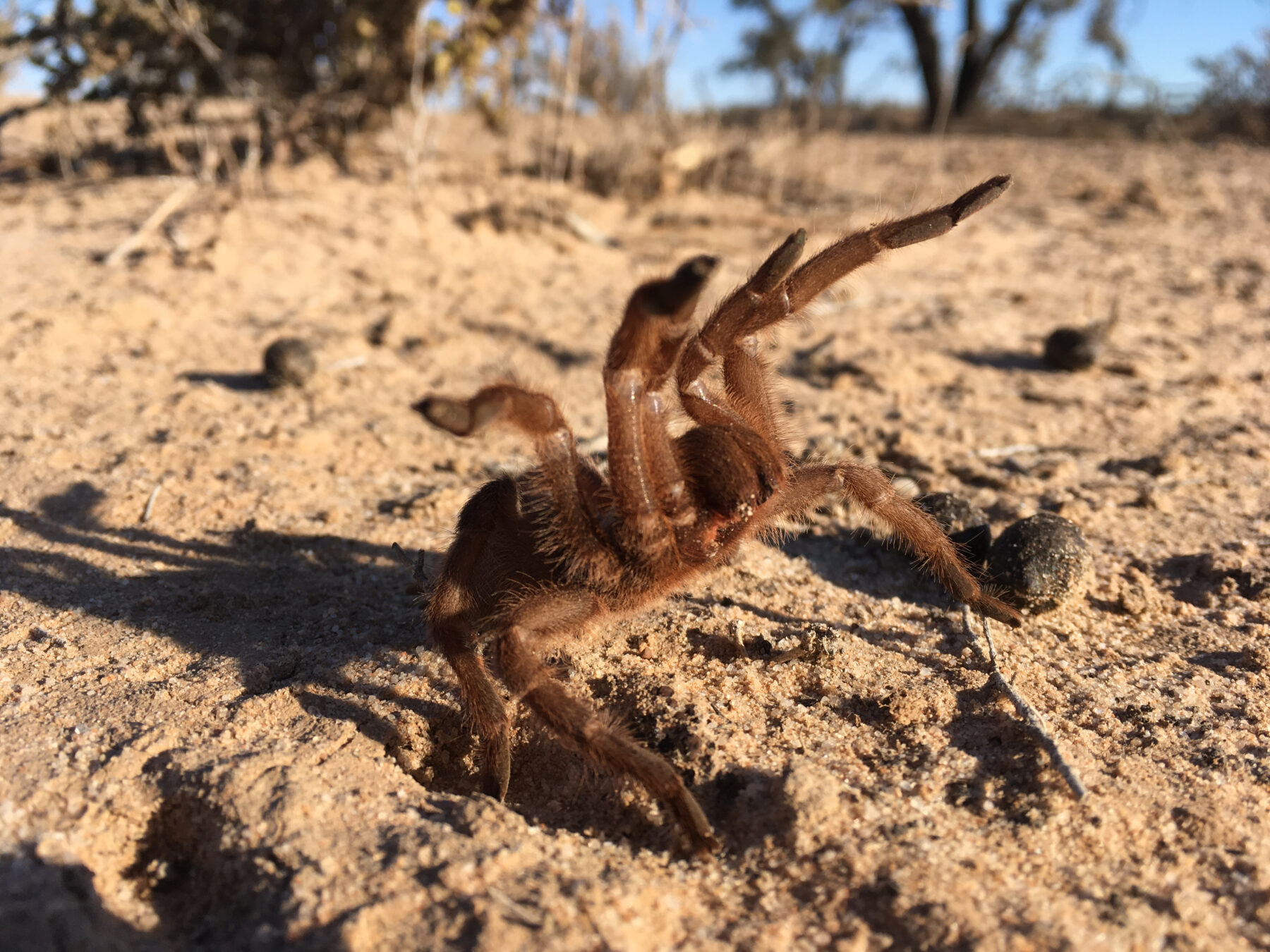
The genus Selenocosmia can be found in New South Wales, Queensland, South and Western Australia, with Selenocosmia stirlingi the most widely distributed species which can also be found in north-western Victoria. Other species can be found in Queensland and the Northern Territory with these spiders living in a range of habitats including rainforest and desert areas and everything in between, excluding southern coastal areas or the northern tropics.
Australian tarantulas live in silk or web lined burrows that are permanent abodes and act as a safe place for the female spider to hide her egg sac. Ranging from between 40 and 100cm deep, these burrows maintain a consistent temperature of approximately 20 degrees celsius and are sometimes plugged during the coldest and hottest times of the year. Females can live for up to 12 years and spend most of their lifetime within the burrow.
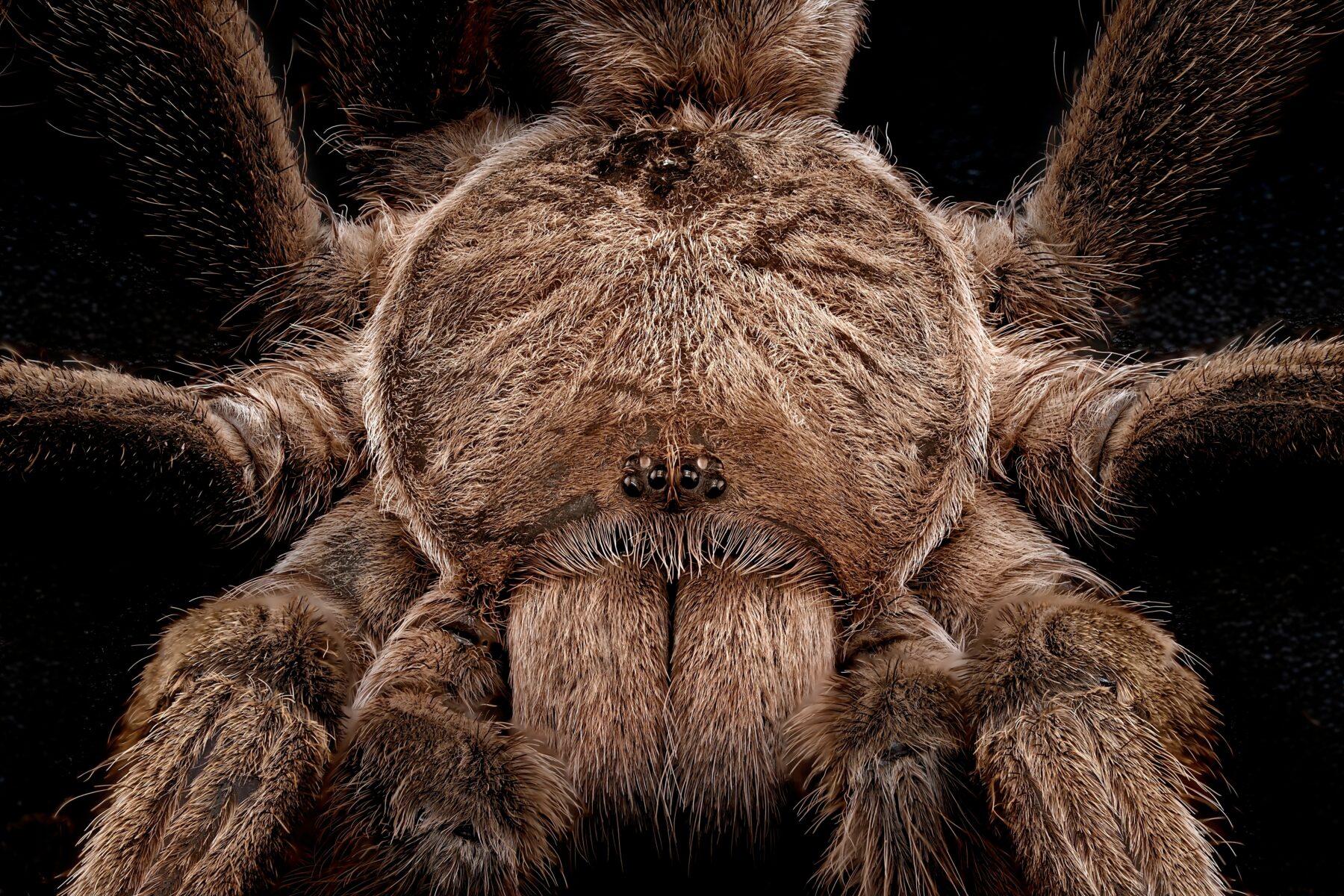
Australian tarantulas are carnivores and eat insects, lizards, frogs, and other spiders. These spiders are non-aggressive and although they have quite large fangs which can penetrate a human’s skin, their bite is not deadly. Although not linked to human fatalities, reactions from a tarantula’s toxic venom can include nausea, severe pain at the site of puncture and profuse sweating. Despite being sometimes referred to as bird-eating spiders, it is rare for a tarantula to eat a bird, but small chicks may occasionally be taken from nests on the ground if the opportunity presents.
During breeding season in spring or early summer, the male tarantula entices the female out of her burrow to mate at the entrance. The male tarantula dies shortly after mating, usually at around five years of age. About 50 eggs are laid by the female into a 30mm sac that is protected by a layer of tough silk and stored safely in her burrow. After an incubation time of 6-9 weeks, spiderlings will moult once inside the egg sac before making their way into the world through a single hole. Moulting for a second time, the baby spiders will then leave the mother’s nest to fend for themselves.
Some tarantulas are known as whistling or barking spiders thanks to the unique sounds they make, usually as a defensive mechanism. Tarantulas can make a whistling sound by rubbing their palps (limb-like mating organs between the front legs) along a set of spines at the base of their fangs, with a different species able to create a barking noise that mimics a dog, and both noises are used in an attempt to deter predators.
